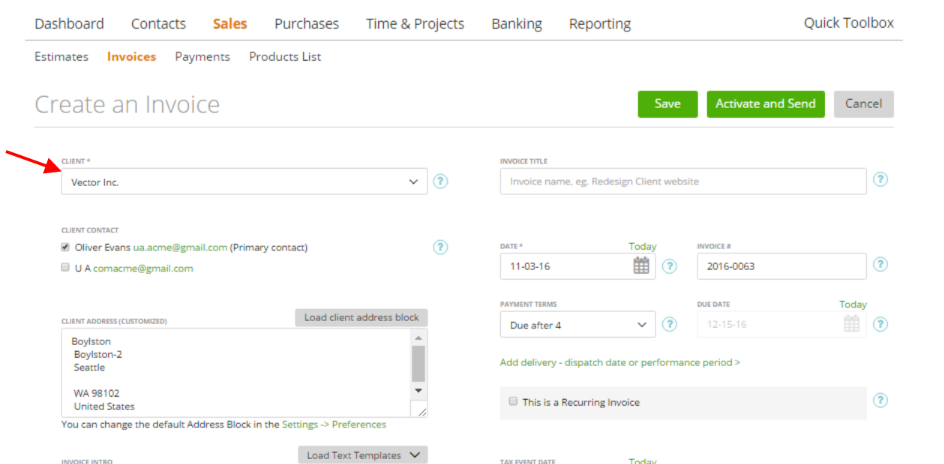

Sub-tasks – establish sub-tasks under each task category so that everyone knows where they’re supposed to log their time. Task categories – add task categories under each project to make logging your time easier and quicken the process.ģ. Start with projects – create a project for each client you’re working for, for separate teams, for various goals – whatever you need to achieve and track.Ģ.
#Bee invoicing timesheet how to
How to create a structured time-tracking framework:ġ. Create projects and activity categories to have an organized overview of your work. Create a project framework BEFORE starting to track timeĪs Benjamin Franklin put it: “If you fail to plan, you are planning to fail.” Before you start tracking everything you do, establish a structured system.
#Bee invoicing timesheet software
In case you need additional help: How to Generate High User Acceptance for New Software 3. Ask for others’ opinion – request whether your colleagues have concerns about time-tracking and find the best solution together with your team.Show how their work would improve as a result.


Share your personal timesheets – the easiest way to make the point is to prove that you’re aware of all the shortcomings yourself.Show a case study – find a company or a friend that’s already using a time-tracking tool and ask them to share their key learnings after starting to use a time-tracker.Here are four simple tactics to convince your team: It’s the same way with getting them to track their time. The first step to getting your team onboard to work on a new project is to gather a meeting. Do you want to know where your time is spent? Which projects and tasks are the most profitable ones? Or where in the day the fatigue kicks in and your productivity levels plunge. To prove the point: When was the last time you evaluated all your work tasks to see which ones bring the greatest rewards?īefore taking up time-tracking, explain to yourself why you need it. You should never do something just because you think it MIGHT be useful. Understand why it’s important to track time Here are our favorite time-management best practices that help you to create a habit, engage your team, and reap all the benefits. READ MORE: Why, How & Where Our Time Gets Lost at Work Īs you get started, time-tracking might be harder than you’d think. Moreover, you’ll be able to analyze which tasks are the most productive, while reducing the procrastination during your days at work. Keeping a log of the team’s and personal process helps to improve motivation as everyone can see the effect of their work. HOW TO tell which projects, tasks, and meetings are the most profitable? Or which activities should have a higher priority as they contribute the most to reaching your team’ goals?Īlright, only one more question: How do you keep your team motivated throughout long projects? There’s an easy way to answers all the questions mentioned above.


 0 kommentar(er)
0 kommentar(er)
